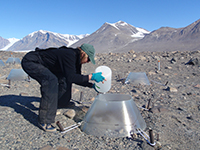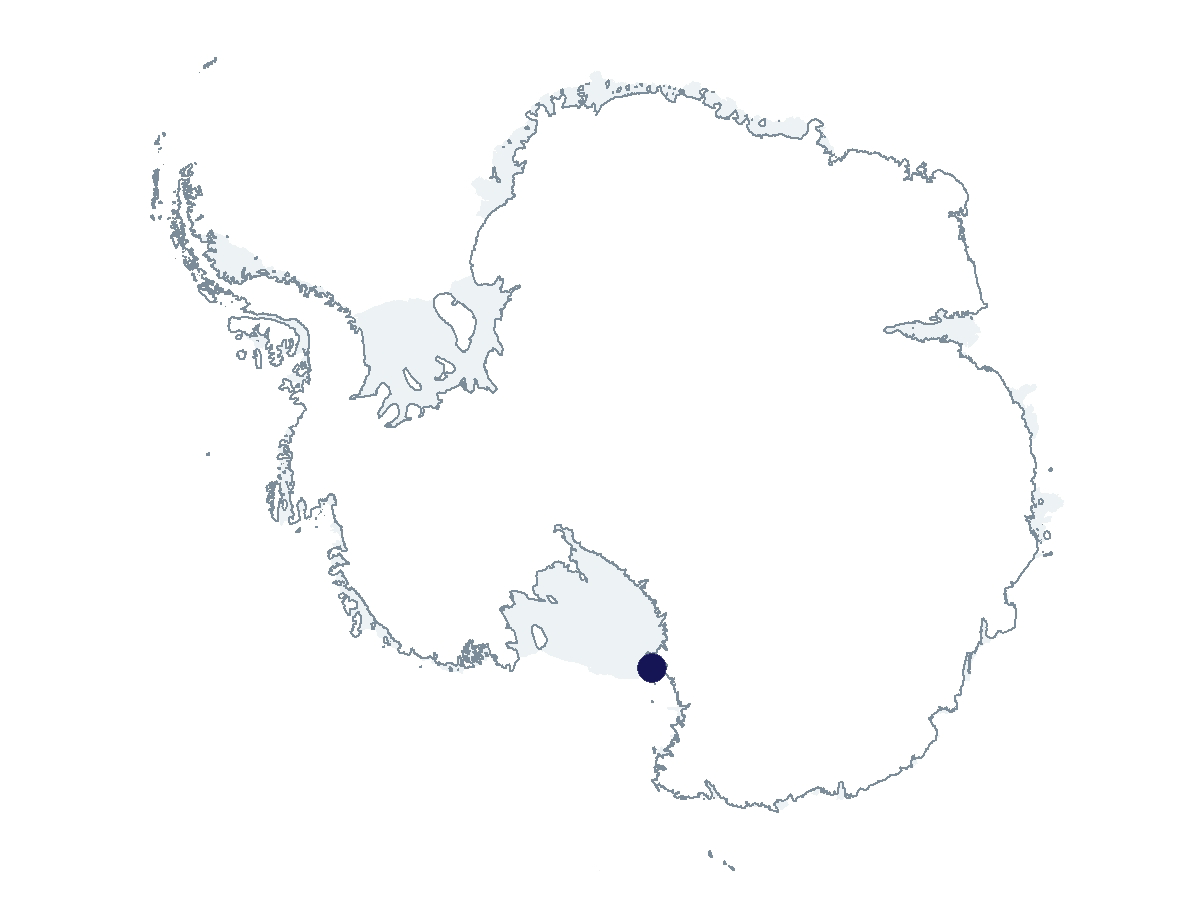2022-2023 USAP Field Season
Project Detail Project TitleMcMurdo LTER – Soils: Ecosystem response to amplified landscape connectivity in the McMurdo Dry Valleys, Antarctica Summary
Event Number:
Program Director:
ASC POC/Implementer: Principal Investigator(s)
Dr. Byron J Adams
Project Web Site: Location
Supporting Stations: McMurdo Station DescriptionInitially funded in 1980, the U.S. Long Term Ecological Research (LTER) network is a collaborative effort of more than 1,800 scientists and students. The McMurdo LTER (MCM-LTER) program is a multi-disciplinary aquatic and terrestrial ecosystems study in the McMurdo Dry Valleys. It is one of 26 LTER sites where researchers are studying ecological processes over long temporal and broad spatial scales. The soils team will maintain, monitor, and sample long-term plots near Lakes Bonney, Fryxell, and Hoare and aim to determine the impacts of natural factors and those associated with climate change on soil biota. This six-year award cycle is comprised of seven collaborative projects: C-504-M (Gooseff), C-505-M (Priscu), C-506-M (Gooseff), C-507-M (Adams), C-508-M (Takacs-Vesbach), C-509-M (Gooseff), and C-511-M (Doran). Field Season OverviewSeven participants focused on soil studies will remain primarily based at McMurdo and Crary Laboratory and will make day trips by helicopter to field sites in Taylor, Miers, and Garwood Valleys. They will make occasional overnight trips to Taylor Valley camps as well. Their field activities will include continuing long-term measurements of soil biodiversity and biogeochemical processes, monitoring established soil meteorological (MET) stations, disassembling the long-term Permafrost Thaw Experiment (P3), monitoring recovery of the long-term Soil Stoichiometry Experiment (SSE), continuing the Soil-Lake Inundation Moat Experiment (SLIME), monitoring moss and algal ground cover and production in near-stream environments and dry soils, continuing the Stream Channel Aeolian Transect (SCAT) experiment, and monitoring benchmark soils from Cape Royds and Beacon, University, Wright, and Alatna Valleys. Deploying Team Members
|
2022-2023 Science Planning Summary



For USAP Participants |
For The Public |
For Researchers and EducatorsContact UsU.S. National Science FoundationOffice of Polar Programs Geosciences Directorate 2415 Eisenhower Avenue, Suite W7100 Alexandria, VA 22314 Sign up for the NSF Office of Polar Programs newsletter and events. Feedback Form |



